The versatile Austin 7 on the Cartier Style et Luxe
The Austin 7 may be small – very small – but the impact it made when it was launched was huge. By offering a car for an affordable price that was cheap to run, Sir Herbert Austin more or less saw off cyclecars, which were popular in the 1920s, and mobilised the masses. And the tiny car was nothing if not versatile, with a number of body styles available on the same chassis.

At the 2022 Festival of Speed presented by Mastercard, there was a whole class dedicated to the small wonder. Pink Floyd drummer Nick Mason entered his pre-production 696cc car is very significant in the Austin 7’s story, and takes its place in his collection alongside all manner of historically important cars.
The second car in class is one of the earliest surviving all-aluminium bodied versions. It’s identified by its large symmetrical windows, three-piece bonnet (later ones were four-piece) and six-inch brakes as opposed to the more common seven-inch stoppers. It’s being kept in as original condition as possible, the tapestry upholstery being an example of the original fitments.
Special bodied lightweight 7s became popular in competition, and thanks to its streamlined shape and engine tuning the Gordon England special can achieve speeds of 75mph. It broke six class records at Brooklands and finished second in 200-mile Junior Car Club race in 1923.
Coachbuilding firm Maythorn and Son’s main line of business was building bodies for prestigious cars such as Rolls-Royces and Daimlers, but it also created two Austin 7s. Both were destined for the USA, on for publisher Joseph Pulitzer and the other for retain entrepreneur Seymour Knox. This one was built for the latter who used it to drive around his estate.
The Chummy Van was popular with all manner of businesses, and became a common site for deliveries. The 1928 example on the Cartier lawn was restored by its owner and painted in the colours of his own company to double up as an advertising too.
Paris-based Rosengart was established in 1929 and its first offering was an Austin 7 built under licence. It was one of a number of companies that made its start in the automotive industry making its own version of the popular Austin, and it’s very rare today.
Swallow Sidecar and Coachbuilding made its move into car manufacturer building Austin 7s under licence. The cars were more upmarket than the Austin and had no trouble finding buyers even at a premium price. After World War 2 the company, by then renamed SS Cars, morphed into Jaguar Cars.
The Ulster was the most popular of the sporting Austin 7s, and 50 of the 200 produced were supercharged – including the example on the Cartier lawn. Forced induction increased the 750cc unit’s power from 24PS to 33PS – both a significant step up from the 13PS of the standard car.
Here’s an Austin 7 that really earned its keep. This radio car was commissioned by Royal Signals to be used for reconnaissance and liaison behind enemy lines. Only two remain, and this one was restored at the behest of current owner Nick Mason. It retains many of the original fitments.
Around 65 Austin 7 Speedys were built, the low figure perhaps being down to the difficulty they had competing against rivals from MG and Riley. Not many survive, and their rarity makes them a sought-after variant among the 7 fraternity.
Photography by Pete Summers.
Festival of Speed
2022
FOS 2022
Cartier Style et Luxe
Austin 7
-

Gallery: Cartier Style et Luxe at the 2022 Festival of Speed
-

Gallery: Best of the best in Cartier Style et Luxe
-

Phantoms, Alpinas, Veyrons and more at the 2025 Cartier Style et Luxe
-

Gallery: The serene Cartier Style et Luxe at FOS












